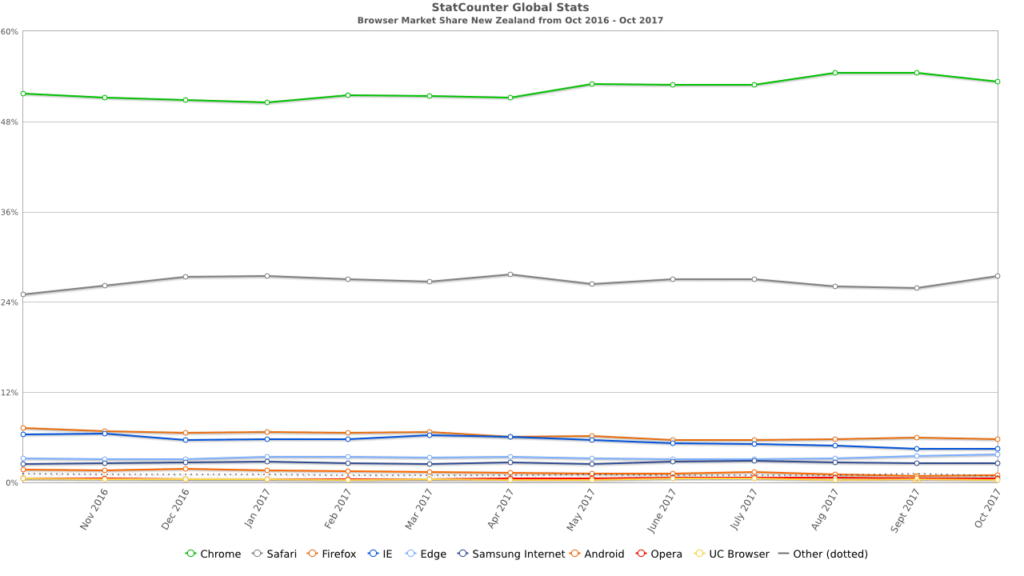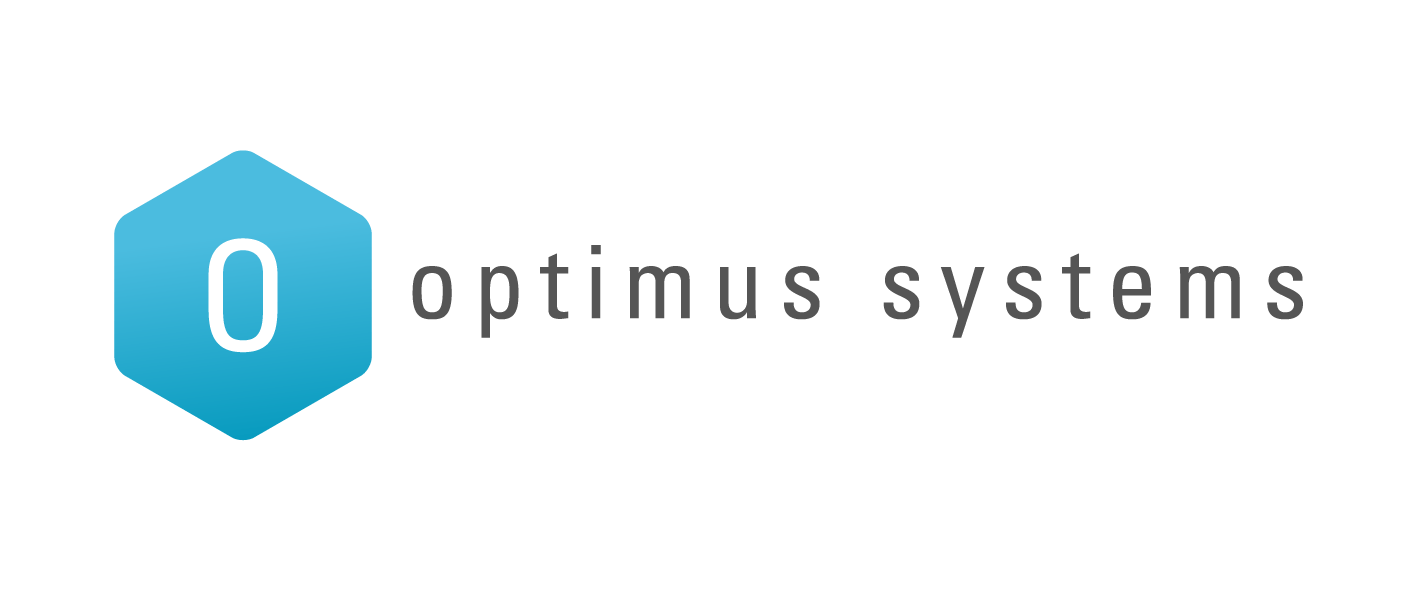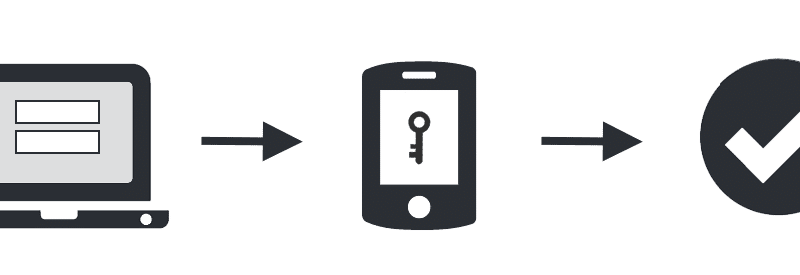Google’s Chrome website browser now marks websites that aren’t secure with a warning to visitors so they no the website isn’t secure. This shows as either a padlock with a red padlock; a ‘Not Secure ‘ message; or an information “i” symbol next to the website address. (Google Chrome has been changing how this is displayed.)
What does it mean for a website to be secure – or not secure?
Have a look at the address bar of your Chrome website browser. The very beginning of the website address (URL) will start with either HTTP, or HTTPS.
HTTP is the standard protocol for the internet, and stands for HyperText Transfer Protocol. This is not secure, and will get the ‘Not Secure’ message on Google Chrome.
Secure websites have addresses starting with HTTPS – the extra ‘S’ stands for ‘secure’.

In the instance above, there is also the ‘Secure’ message and the green padlock. Any website that doesn’t have this is considered ‘Not Secure’.
How do you change your website from HTTP to HTTPS?
Changing your website from HTTP to HTTPS (so it’s secure) involves uploading a security certificate (known as an SSL certificate) onto your website hosting platform. This security certificate will need upgrading and uploading on an annual basis.
The easy way to do this is to contact Optimus Systems: we can sell the certificate that protect your website, and also implement the certificates, even if you don’t host your website with us.
Does it really matter what Google Chrome does?
If you’re wondering how important or not the ‘Not Secure’ label is – you should know that Google Chrome is the most popular website browser in New Zealand.
Currently 53% of website users are on Chrome. That which means that a lot of your customer and prospects will be seeing the ‘Not Secure’ message, which is not a very professional first impression.

Besides, other browsers (e.g. Firefox) have followed Chrome’s lead, and also indicate non-HTTPS websites as ‘Not Secure’ or show them with a red padlock.
So yeah – you want your website to be secure, to make a good first impression on your readers.
Other benefits of upgrading your website to HTTPS
There are other benefits of upgrading your website to HTTPS, as well as being labelled ‘Secure’:
- SEO benefits: Google ranks HTTPS websites higher than HTTP websites. It’s a small rankings boost, but it all helps with your website’s Search Engine Optimization.
- Speed: HTTPS websites load faster than HTTP sites, giving your users a better experience.
- Increased security: The data transferred via your website is encrypted, which keeps users secure and prevents their information from being stolen, or having their activities tracked.
Summary
Upgrading your website to HTTPS is a no-brainer, and best of all it’s inexpensive. Contact the team at Optimus Systems to take care of it all for you.




